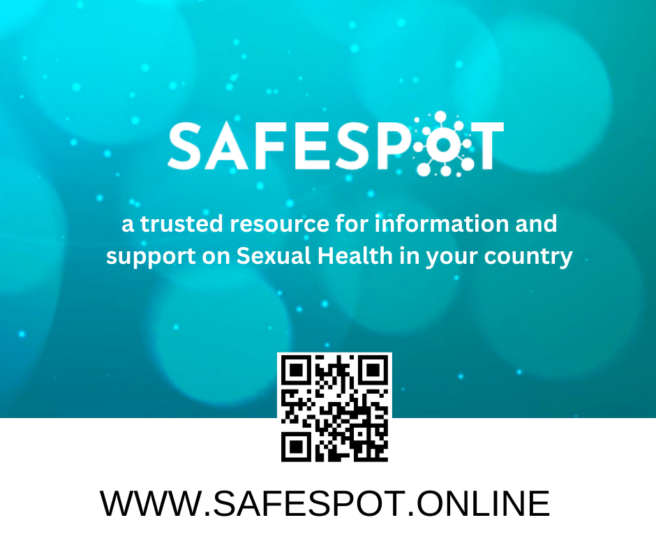
Author: Marina Maximova, Kazakhstan
In Kazakhstan, the key alarming trend of the recent years is the growing sexual transmission of HIV. Before, most people in Kazakhstan contracted HIV when sharing injecting equipment, but now most infections are transmitted through sexual contacts.
A commonplace story
Zhaniya (the name is changed) learned about her positive HIV status when she got pregnant and went to the maternity clinic for the medical check-up. She got tested and could not believe her eyes when she saw the test result as she never used drugs and her husband was her first and only man. Repeated testing confirmed the positive result. The woman was afraid to tell her husband and family about her status, feeling scared, ashamed, hurt and confused. She could not remain silent either as any news are spread quickly in her village, let alone bad news. The conversation with her husband made it all clear.
“He confessed that he used to inject drugs. It was long ago, when he was still very young. Now he is sorry about that and wants to have a family and children. My husband also got tested for HIV and his result was positive too. He did not know about his disease and did not want to infect me. Now the main thing is for our baby to be born healthy. Doctors say that it is possible,” says Zhaniya.
In Kazakhstan, 99% of pregnant women living with HIV give birth to healthy children. These women often give birth to two or even three children. In the recent decade, the rate of mother-to-child transmission of HIV dropped four times.
Taking into the account the achievements of the national AIDS service, the stories of Zhaniya and other women living with HIV sound commonplace. The face of the epidemic is becoming more and more female. If earlier mostly men got infected with HIV, now the gender proportion looks more equal. The statistics is illustrated by the following trend: most men rarely go to clinics or make appointments with doctors. Women take more care of their health in general, while pregnant women twice get tested for HIV free of charge.
No sexual education in schools

Another problem contributing to the increased risks of HIV is lack of relevant educational programs in schools and colleges. High school and college students have no access to the information about the routes of HIV transmission and ways to protect themselves at special classes or lectures. There are no guidelines or instructions for educators on this topic. In families, where the topic of sex is a taboo due to the peculiarities of local mentality, children fail to get any information or advice from their parents.
“When our activists make attempts to offer school lectures on the safer sex – we are told we cannot do it. For some reason, promotion of condoms and other contraceptives is considered equal to… debauchery. People blame us, saying that this is what our presentations cause,” tells Natalia Rudokvas, Director of the Answer Charitable Foundation from Ust-Kamenogorsk. She is puzzled with such attitude and hopes that this crucial topic will be discussed at the upcoming 22nd International AIDS Conference AIDS 2018.
Lack of any systematic sexuality education in past years loudly echoes today. Natalia says that people over 30 years of age more and more often seek counselling at their charitable foundation. While young people injecting drugs regularly get tested for HIV and fall under control of the health professionals, older people with “forgotten” histories of drug use stay in the shadow.
The epidemic is growing older

Several years ago, mostly young people aged 20-29 got infected with HIV in Kazakhstan. Now the age threshold went up to 30-39 years old. Most people got infected twelve or more months ago, and only 10% of the patients were infected within the recent nine months.
“The data received became the ground to carry out an additional epidemiological survey to determine the network of contacts and expand the list of potential risks of infection. High proportion of people who got infected long time ago demonstrates that people have low concerns about contracting HIV. The new approach shows the real picture of the morbidity and allows evaluating the efficiency of prevention measures,” sums up Baurzhan Bayserkin, General Director of the Republican AIDS Centre at the Ministry of Health of Kazakhstan.
The number of new HIV cases in Kazakhstan is still growing. As of today, there are about 29,000 of Kazakhstani and about 2,000 of foreign citizens living with HIV in Kazakhstan.




